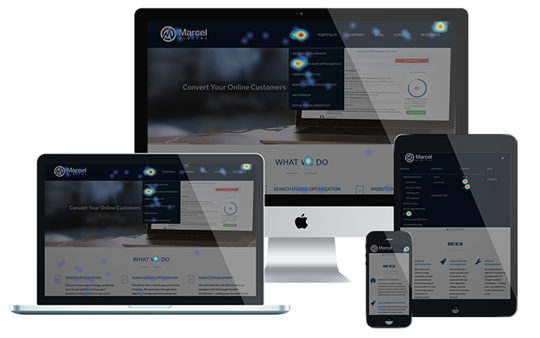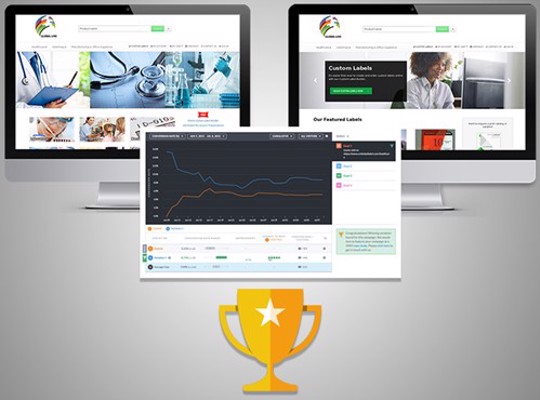A website redesign can be a tedious undertaking. Beyond all of the meetings, opinions, and tasks to make a redesign happen, you need to know WHY you’re redesigning your site and HOW you want the site to layout once the redesign is complete. Basically, what you need first and foremost, is data to influence the decision to redesign your site.
One thing we’ve found at Marcel Digital is when you say “redesign” to an executive or designer, it can come across as if you’re calling their child ugly. It’s totally understandable - your website is an extension of your brand and digital presence. You put a lot of hard work into your website and are proud of it! You should be! But once you take a step back and allow yourself to separate from your website, you’ll see the weak points in your website and how users are really engaging your website. Sometimes, it may not be a redesign you need, but merely moving a button or updating content. Point blank - data is your best friend in this case, and will help you understand what your site truly needs.
Use Data To Make Your Case
Building a case for a website redesign takes data. Without data, a redesign is like getting into your car and driving aimlessly; you may eventually get somewhere but you’re going to have a hell of a time getting there, and you’re probably waste a lot of time and resources (aka money) in the process. You need a map and understanding of what your goals are, your client goals are, and aligning both in a cohesive strategy that sees both parties benefiting from the experience.
If you have a website, you should have Google Analytics or some sort of analytics in place to help you understand how your website is performing. If you don’t have an analytics software installed on your website, you need to get one in place to help your company make data driven decisions to improve your website performance. Here is a list to help you get started. You’ll also need a strategy in place for your metrics to make your analytics work effectively for your business.




Conversion Rate Optimization
About the author
Kyle Brigham
Kyle Brigham is the Chief Strategy Officer at Marcel Digital. He specializes in client services and project management, but also original Nintendo games and ping pong.